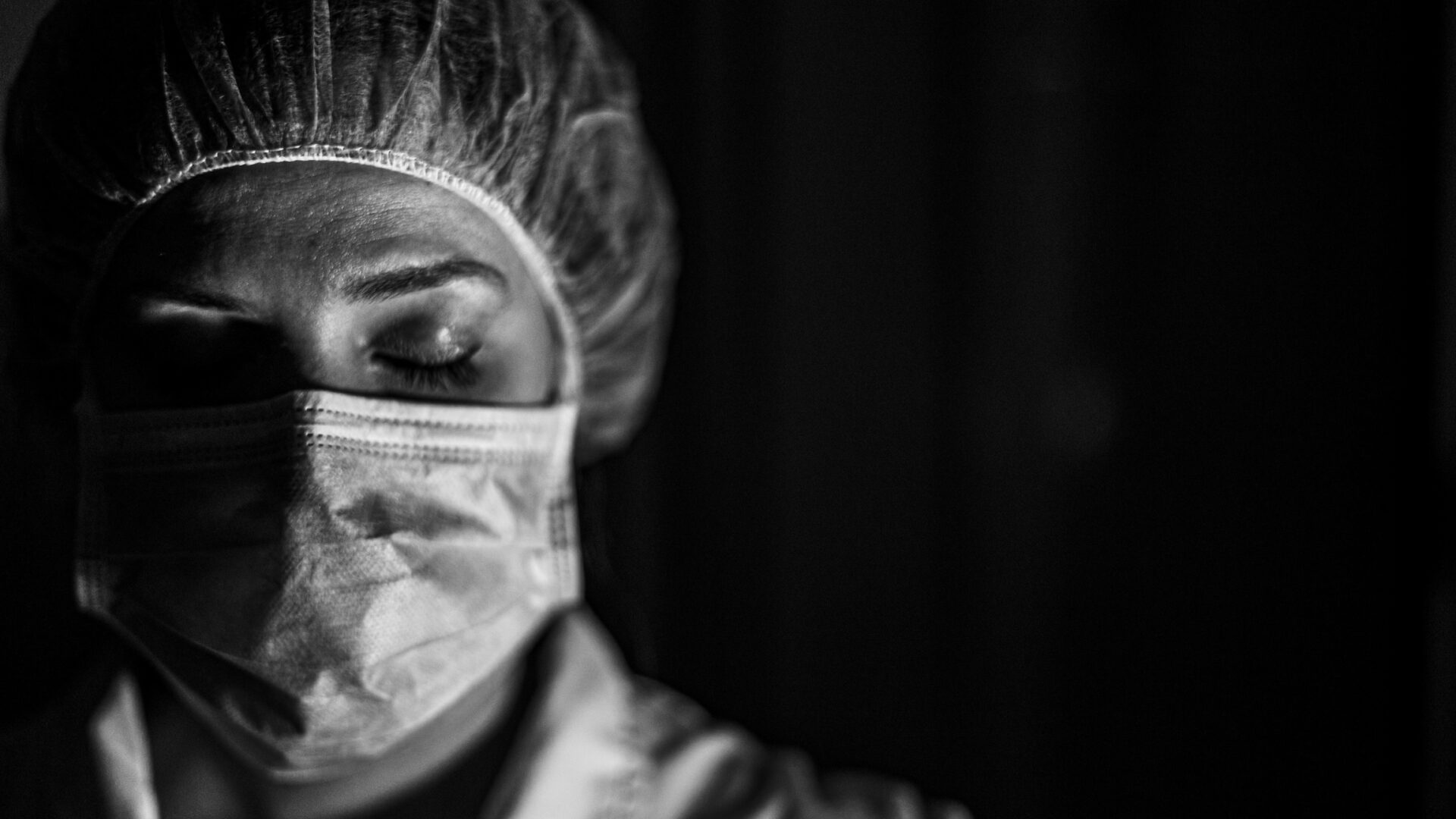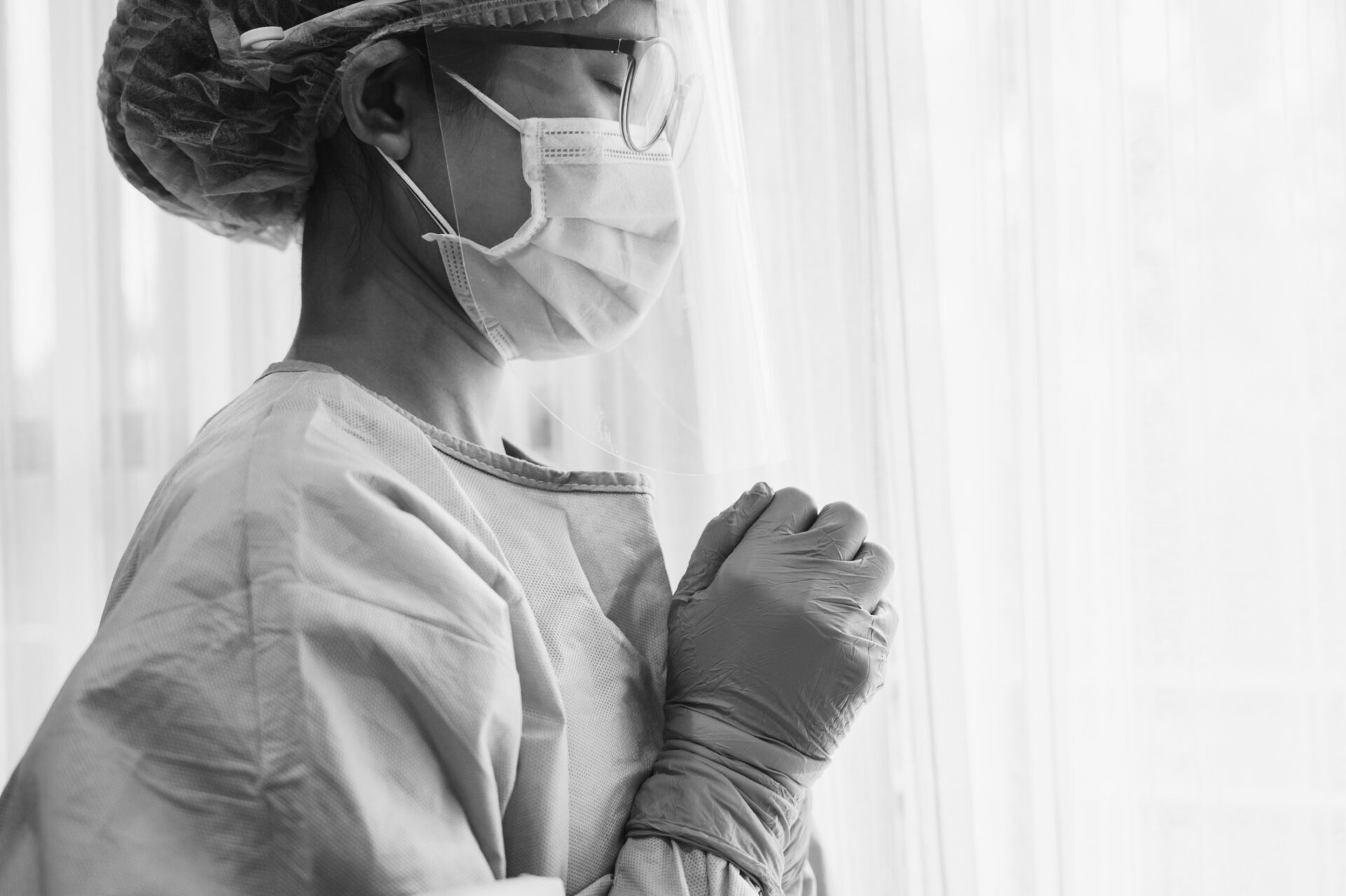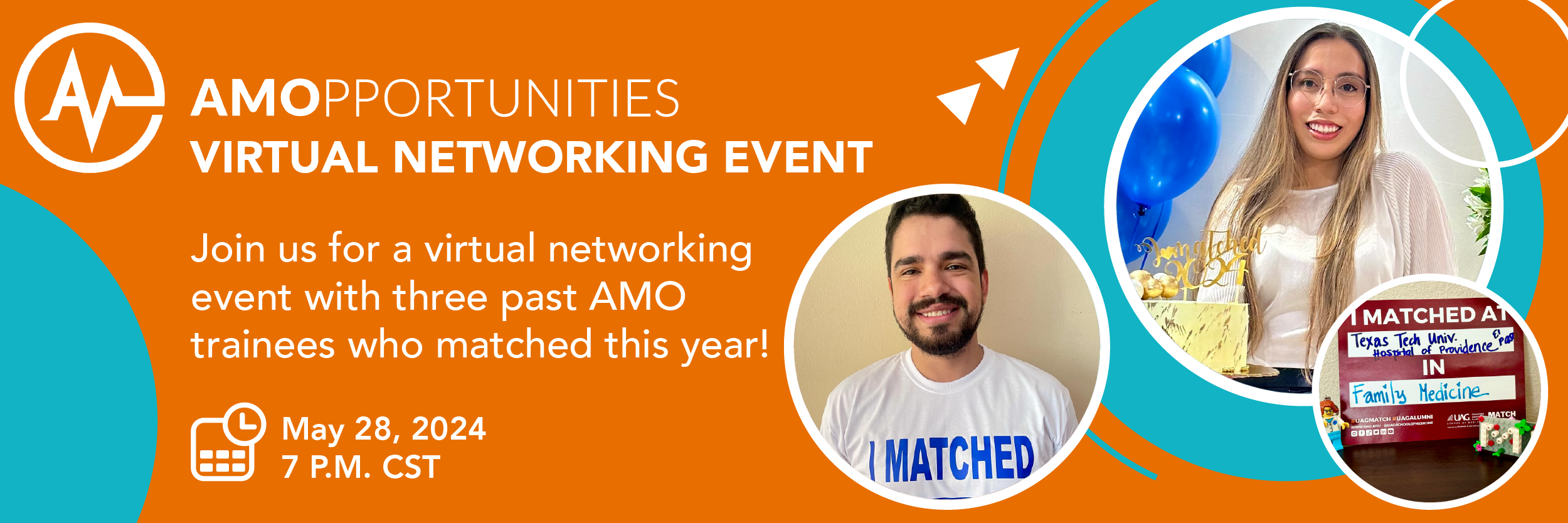Last week, 2021 Main Residency Match’s Match Week ended with virtual Match Day celebrations being held across the U.S. and elsewhere in the world. Several past AMO visitors—including AMO Ambassador Blanca—matched.
With the excitement and stress of Match Week over, all 36,179 individuals who matched can rest easy, at least for a little while. Soon, they’ll have to begin planning for residency, which will start this fall. For many, this planning will include finding an apartment, moving, and sending plenty of thank-you cards to the mentors, family members, and friends who helped along the way.
For medical students and graduates looking to match next year, now is not the time to rest. These physician hopefuls will likely spend the next few weeks dissecting data from this year’s Match. Understand past trends can often provide direction.
For those of you collecting letters of recommendation, chasing clinical experience, and writing personal statements for the 2022 Main Residency Match—here are some important data points from the 2021 Main Residency Match.
48,700 Applicants
The number of future physicians applying to the main residency match has increased annually for the last few years. The most significant increase percentage-wise was seen during the 2020 Main Residency Match due to the DO-MD residency merger. Still, this year’s match boasted 48,700 applicants, 13,238 of which were international medical graduates. The 2021 Main Residency year saw 8.3% more applicants than last year competing for program seats.
38,106 Seats Offered
The positions offered during the 2021 Main Residency Match increased by almost 3%. Why the increase? According to the American Medical Association, over 80 new residency programs participated in this year’s match, meaning the overall number of residency programs included in the National Residency Matching Program is nearly 6,000!
An increase in residency seats may be seen in the 2022 Main Residency Match as well due to a new GME funding. In late December, the U.S. government passed a bill that could help build out 1,000 new medical residency positions. This funding increase is something that hasn’t happened for more than a quarter decade—it’s something to be excited about.
7,508 IMGs Matched
While the hold and subsequent USMLE Step 2 Clinical Skills cancelation made it difficult for some individuals to obtain ECFMG certification and apply to The Match, others found success through alternative pathways.
Approximately 6,000 of the IMGs who matched this year used one of five pathways to get their certification and apply. Some held licenses in other countries or passed clinical exams elsewhere. Others were able to get around taking the USMLE Step 2 CS by attending a school recognized by the World Federation for Medical Education or one that is joined with a U.S. medical school. Applicants also earned ECFMG certifications by participating in student loan programs.
The ECFMG recently announced that a new pathway will be added for 2022 Main Residency Match applicants. Next year, foreign-trained medical students and graduates may be able to have their clinical skills test by a licensed physician as an alternative to the five options outlined above.
57% IMG Match Rate
Obviously, the USMLE cancellation changed many plans, but it seems like for most, it didn’t take away from their chances of matching. 57% of IMG applicants matched this year! This figure account for the average match rate of foreign and U.S. IMGs. If you followed last year’s match closely, you might notice that the match rate decreased. This change is not so significant, however. Looking at this data point alone fails to acknowledge the increase in applicants and competition.
Applying to the 2022 Main Residency Match? You’ll need clinical experience and LoRs. Get both with AMOpportunities.






